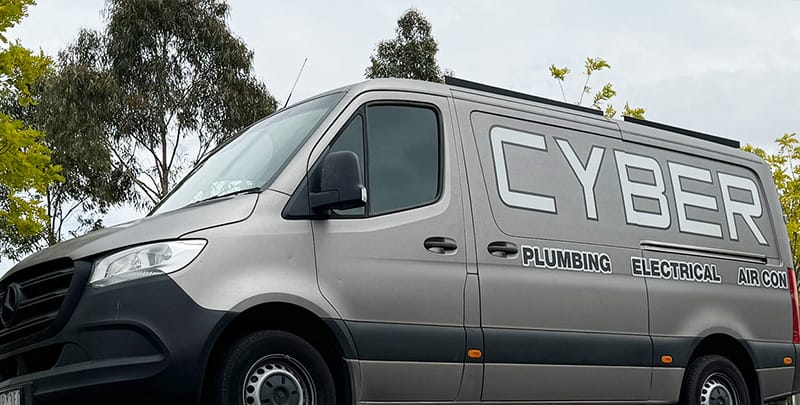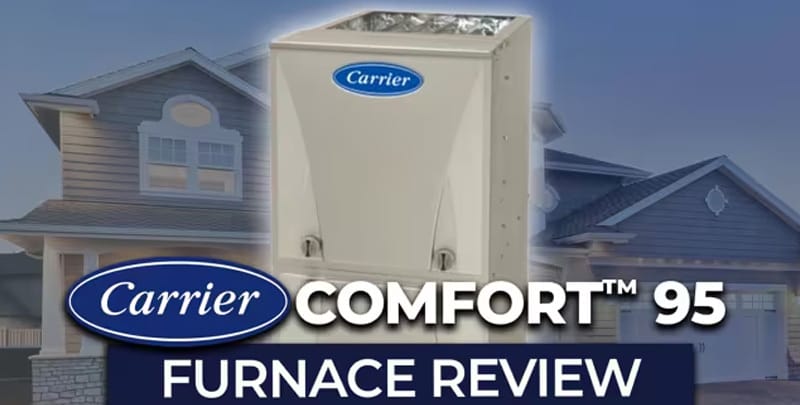
Carrier Furnace Troubleshooting: The Ultimate Guide
Living in a place where unpredictable weather patterns are the daily norm, we encounter a wide range of climates. From scorching summers to cloudy, frosty winters, having a reliable heating and cooling system is of primary importance.
When the chill sets in, a hiccough in your Carrier furnace could mean a cold night beckons. That’s why it pays to comprehend some basic Carrier furnace troubleshooting methods, and we’ll talk about them here.
Understanding Your Carrier Furnace
Carrier furnaces are renowned for their reliability and efficiency. Still, just like any complex machinery, snags do occasionally occur. There can be numerous reasons why your furnace isn’t behaving—a stuck open gas valve, an ungrounded flame sensor, or perhaps a defective pressure switch.
Now, before you get your knickers in a twist, stay calm, breathe, and let’s take this step by step.
Carrier Furnace Error Codes: High-Tech Clues
Carrier furnaces are smart devices. When something goes awry, they will display error codes on their electronic control board, providing you with a head start in solving the issue. But being able to translate Carrier furnace error codes can truly be like attempting to resolve an enigma.
Here are some error codes to watch out for:
- Code 12: The blower runs on after power is removed, mate. This can mean the blower motor might not be shutting down properly.
- Code 13: Limit circuit lockout. This usually means there’s an airflow problem, maybe a dirty filter or an issue with the fan.
- Code 23: The pressure switch didn’t open or opened too late, alright? This can indicate a problem with the pressure switch itself, or it could be due to blocked venting or potential issues with the inducer motor.
- Code 24: Secondary voltage fuse is open, bloke. It might be due to issues around the unit’s power or a wiring snag.
- Code 31: Pressure, draft safeguard, auxiliary limit (coil), and blocked vent switch (if used) contacts open. This might be due to a bad wiring situation, particularly relating to secondary voltage wiring, or potentially a problem with the manifold gas valve.
- Code 33: Limit or flame roll-out switch is open. In this situation, the high-limit switch has been triggered, likely caused by inadequate airflow.
- Code 41: Faulty blower motor or blower motor circuit. The blower motor could be stuck or not have power.
- Code 31: Gas Heating Lockout. It implies problems with the gas valve, such as a faulty switch or a bad connection.
Remember, it’s always smart to call a professional HVAC technician if these codes pop up. It can be quite tricky dealing with a furnace that speaks in code!

Common Carrier Furnace Troubleshooting Tips
With modern housing becoming more energy efficient, achieving a cosy, warm environment should be as easy as pie. However, sometimes, our trusty furnaces seem to exercise their right to strike when we least expect it, leaving us out in the cold.
Below are some more of the common issues you may face and some tips to get your furnace up and running again.
A Cold Furnace
Is your Carrier furnace not blowing hot air? Or worse yet, won’t it turn on at all? Then a glance at your control board might indicate an error with the power, commonly represented by codes 33 or 13, warning you of an ignition lockout or limit circuit lockout. This might mean the blower motor is compromised or the power switch has a bit of a sulk.
Checking the unit’s power source and replacing the circuit breaker, if need be, could resolve this problem. Of course, remember, there’s no harm in calling for a bit of professional help if things seem a tad too convoluted.
Air supply and Furnace Filters
Has your Carrier furnace stopped working altogether? The fault could be with the air filter. A blocked or dirty filter can restrict airflow, causing the high-limit switch to shut off the furnace. It’s like trying to breathe with a vegemite sandwich stuck in your throat—the air just doesn’t make its way through!
The Pressure Switch and The Flame Roll-out Switch
A defective pressure switch or flame roll-out switch might be blocking the gas flow. Don’t be fooled by its innocuous-sounding name—the role of a pressure switch in a Carrier furnace is crucial for your safety. If it detects an inadequate combustion air supply or a blocked vent, it switches off the gas valve, preventing a possible explosion.
Ignition Failure
Is your unit failing to ignite? You could have a hot surface ignitor issue, or the ignition system may be on the fritz. To ensure proper gas ignition, you’ll want to double-check the control board for error codes indicating ignitor issues, and consider calling a professional to inspect and possibly replace the faulty part.
Thermostat Woes
A faulty thermostat can prevent your furnace from starting or hinder it from reaching the desired temperature. Make sure your thermostat is in the correct setting and has fresh batteries. If the problem persists, you might need a professional to check the wiring and replace the thermostat if necessary.
Inadequate Heating
Inadequate heating can result from issues like blocked vents or ductwork. Inspect your vents for any obstructions, and make sure the dampers are properly adjusted to allow for the flow of warm air. Additionally, verify that your home’s insulation and seals around windows and doors are in proper order to maintain warmth inside your abode.
Loud or Unusual Noises
Banging, rattling or humming sounds might indicate a range of issues, from loose parts to a faulty blower motor. Inspect your furnace visually for any loose components and tighten as required. If you can’t identify the source of the noise, it’s best to call a professional to give your furnace a proper once-over.
Pilot Light Problems
Is your pilot light burning out or not staying lit? A faulty pilot light could be a result of a dirty orifice, a weak flame, or a compromised flame sensor. Cleaning the pilot assembly and flame sensor might solve the issue, but for safety reasons, it’s always preferable to let a professional tackle this task.
When You Need a Professional Technician
DIY can only go so far. There are times when you need to call a professional technician.
Know Your Limits
The urge to solve every issue that arises with your Carrier furnace might be compelling. However, serious problems such as a faulty hot surface ignitor, a defective gas valve, a badly wired gas valve, or even something as simple as a loose blower wheel might require expertise you may not possess. Remember, it’s okay to call the professionals before you make a hash of everything.
What Professionals Offer
Furnace repair is not always about replacing worn-out parts. A small hiccough like low inlet gas pressure and a defective blower motor, could mean you have problems with your gas supplier, or the unit itself might need recalibration. Professionals help you to acknowledge the underlying issue, ensuring your Carrier furnace lasts longer and works more efficiently.
Empower Yourself for Winter
By understanding some basic Carrier furnace troubleshooting and error code, you empower yourself during the chilly nights and winter months. From interpreting error codes to comprehending the workings of pressure switches and blowers, you’d be barking mad not to arm yourself with some of this knowledge.
However, always remember, it’s pretty cricket to call in expert help when the situation calls for it. After all, a furnace isn’t something to be trifled with!
Please note: This information is provided for advice purposes only. Regulations differ from state to state, so please consult your local authorities or an industry professional before proceeding with any work. See Cyber Air Conditioning’s Terms & Conditions here.
